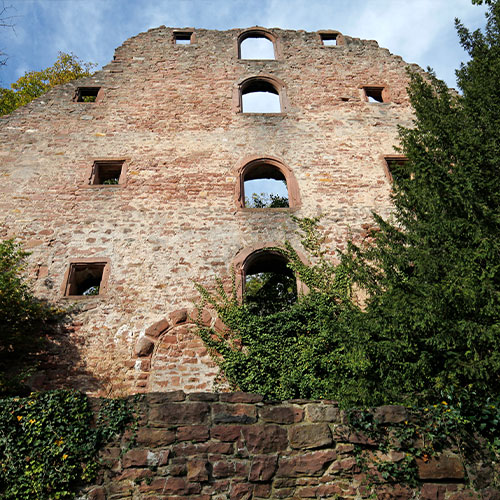Castle history
Located in a wildly romantic location high above the Enz, Neuenbürg Castle looks back on an eventful history. The Celts already knew how to use the special location of the Schlossberg in Neuenbürg. Numerous finds show that they settled on the Schlossberg as early as 2500 years ago. After their retreat and a long period from which we lack detailed knowledge, around the year 1000 different families of counts came into the light of history, which had a significant impact on this region: the Counts Palatine of Tübingen, the Counts of Calw-Vaihingen, the Counts of Eberstein, the Margraves of Baden and the Counts of Württemberg – to name the most important ones for Neuenbürg.
Neuenbürg Castle occupied a strategically favorable place from which the surrounding area could be opened up and defended. A favorable location as a starting point for the settlement of the Enz-Nagold area, and the iron ore mines may have been another factor. The Counts of Württemberg recognized this well when they acquired the Neuenbürg around 1320 and established an official seat for the city and five villages here. It is not known whether they also had the “rear castle”, today’s ruin, built. In any case, the fort, which was later used as a fruit box (granary) (1572-1767), was built as a forework on the eastern ridge around the 14th century and was neatly surrounded by battlements, shell towers and neck ditches.
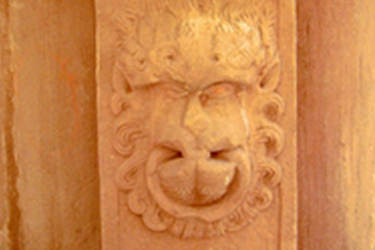
The construction of the “Front Palace” was started under Duke Christoph (r. 1555-1568). The floor plan was largely retained. Parts of the old castle that are still visible are the keep and the late Gothic “pear rod portal” on the first floor of the north wing. For a long time the castle must have looked more like a large construction site than a representative prince’s seat. But around 1610 none other than the princely master builder Heinrich Schickhardt began with the interior work and the planning of a pleasure garden. For this, the “rocky hilltop” between the front and rear castle had to be leveled. Not an easy task and the work was not finished until 1620. But despite the expensive embellishments, a generous apanage and plenty of court staff, the princes Duke Magnus (1594-1622) and Duke Ulrich (1617-1671), who were honored with Schloss Neuenbürg, did not allow themselves to be lured into the Black Forest province. Her disposition drew her to war.
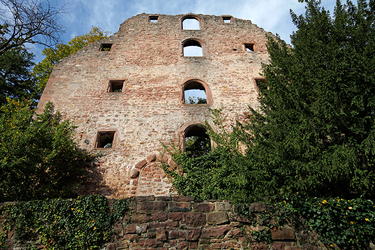
Nothing had come of the plan for a princely country residence. As in medieval times, when the State Forestry Office moved in in 1726, it became a “civil servants’ residence” again. 100 years later, the Neuenbürg camera office found a suitable place to stay here. The heads of both offices lived on the first and second floors in the south wing. After the camera office was able to move into the vacant upper office building in the city in 1940, three apartments were built in the north wing. Despite draughty windows and arduous paths, the castle must have had its pleasant side – how else can rental periods of 50 years be explained?
The painter and sculptor Hans Ludwig Pfeiffer (1903-1999) also came to Neuenbürg in 1953 for a studio in the castle and was finally able to move into it in 1967. Before that he founded the Amber School together with the artist Paul Kälberer. Pfeiffer stayed at Schloss Neuenbürg until 1990 and created several of his Dadaist and socially critical works in the “Pferdestall”, including the evolutionary drama “Theatrum Mundi”. From the castle you can reach the so-called rear castle via the enclosed castle garden. From the fort in the east of the palace complex, a curtain wall, a parapet walk with defensive towers and a deep ditch have been preserved. From 1572 to 1767 the building was used as a fruit box (granary) and provided with numerous window and door openings. At the beginning of the 1980s, people began to look for a new use for Neuenbürg Castle. In addition to clarifying the content, the question of sponsorship was central. Neuenbürg Castle is state-owned, operated by the city of Neuenbürg and has been a branch museum of the Baden State Museum in Karlsruhe since 2001. The gastronomy managed by the state has found a reliable and competent partner.
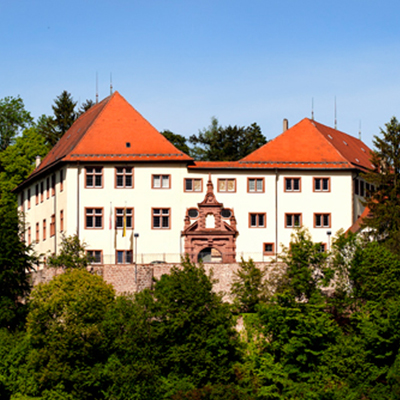
Castle
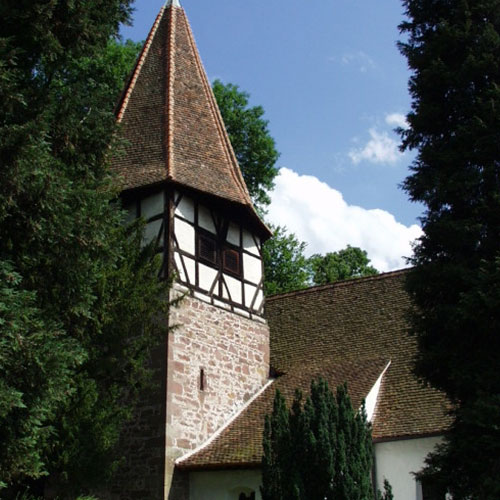
St. Georgs Church
